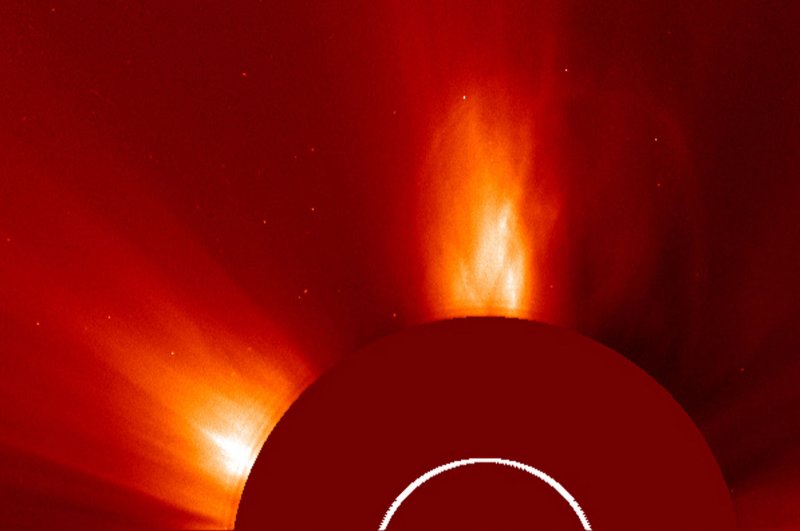WASHINGTON, June 12 (UPI) -- Several large solar flares have erupted from the surface of the sun this week, and now the radiation is swirling its way toward Earth.
Scientists expect the solar storm to hit the Earth's atmosphere on Friday the 13th -- which means the superstitious date will feature both a full moon and a minor cosmic disturbance.















